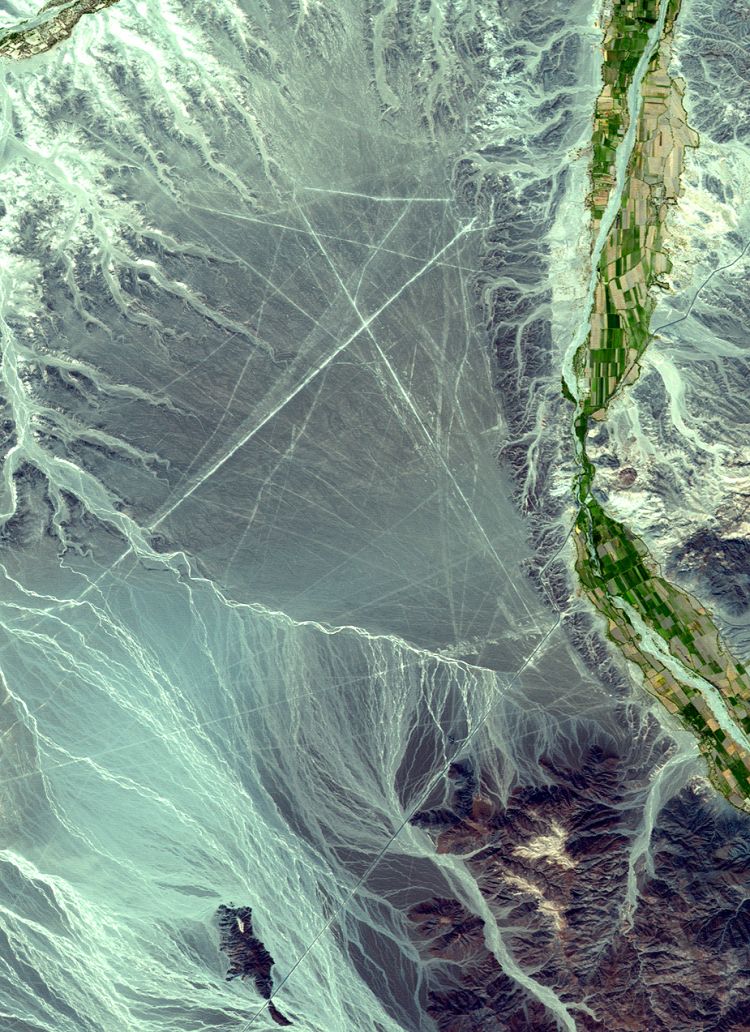The History of Science and the 'Big Picture'
Global History and Culture Centre Annual Conference
Thursday 9th and Friday 10th June 2022
OC0.01 Oculus Building, University of Warwick
Keynote
Professor Clapperton Chakanetsa Mavhunga (MIT)
Catch Up
The conference has now concluded, but you can watch recordings of the talks by clicking here.
Overview
The history of science lacks a sense of the ‘big picture’. Nearly three decades ago, James Secord identified this problem in an influential special issue of The British Journal for the History of Science. At the time, the history of science was dominated by localised case studies—quantum mechanics in Weimar Germany, phrenology in 1830s Edinburgh, experimental philosophy in seventeenth-century London, and so on. These case studies, localised in time as well as space, were important for challenging the post-war consensus that modern science was universal. However, as Secord noted, this proliferation of case studies also undermined any sense of the ‘big picture’—how and why science changed over the longue durée, and how science moved between different parts of the world. “The striking lessons of recent research need to be applied to longer time spans, a broader range of participants, and wider regional and global perspectives,” argued Secord in 1993.
Despite Secord’s argument, the history of science is still dominated by localised case studies. It still lacks a sense of the ‘big picture’, even if in recent years the field has started to move beyond its Eurocentric focus. There are now many excellent national and regional studies of the history of science in Latin America, Asia, Africa, the Middle East, and the Pacific. Yet it is still not entirely clear what these individual case studies add up to. Localism, as the historian of science Peter Galison noted, has its own limits. And although some ‘big picture’ histories of science have been written since 1993, they are hard to reconcile with each other, and tend to be heavily skewed towards the history of ideas.
This conference, sponsored by the Global History and Culture Centre at the University of Warwick, will bring together leading international scholars to reflect on what ‘big picture’ histories of science might look like today. We hope that a dialogue between historians of science and the broader historical discipline will facilitate new ways of thinking beyond individual case studies. The meeting will invite participants to reflect on what recent trends in historical scholarship, such as global history and environmental history, might offer for ‘big picture’ histories of science.
For attendees interested in reading the introduction to the original 1993 'Getting the Big Picture' special issue of The British Journal for the History of Science, please see here.
Speakers
Sophie Brockmann (De Montfort University)
Michael Bycroft (University of Warwick)
Pratik Chakrabarti (University of Houston)
Gianamar Giovannetti-Singh (University of Cambridge)
Aleksandra Kaye (University College London)
Clapperton Chakanetsa Mavhunga (MIT)
Jahnavi Phalkey (Science Gallery Bengaluru)
James Secord (University of Cambridge)
Meriç Tanık (EHESS)
John Tresch (Warburg Institute)
Camilo Uribe Botta (University of Warwick)
Duygu Yıldırım (European University Institute)
Sponsors
We gratefully acknowledge the financial support of the Early Modern and Eighteenth Century Centre, the Habitability Global Research Priority, the Connecting Cultures Global Research Priority, the Institute of Advanced Study, and the Humanities Research Centre.

The ‘Nazca Lines’ in southern Peru, dating to around 500 BCE.
(Wikimedia / NASA Earth Observatory)
